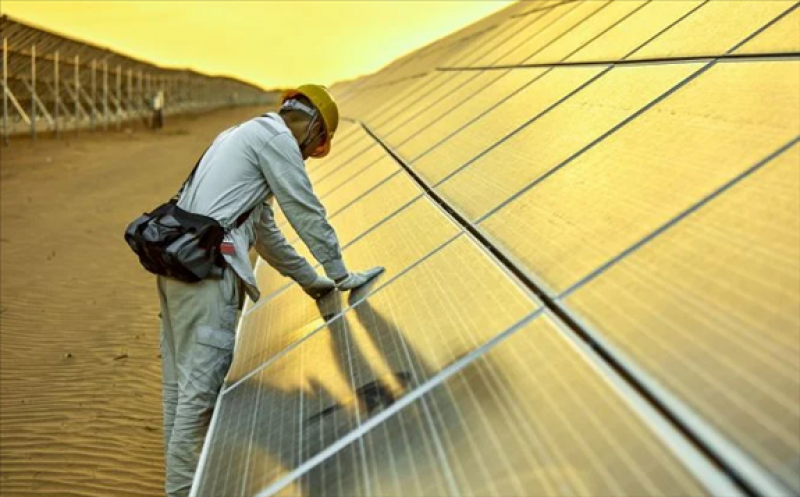Solar power is the "new king" of global electricity markets, with the International Energy Agency calling it the cheapest form of electricity in history in its annual centerpiece World Energy Outlook report.

Solar's ascent and coal's decline have been rapid by the standards of the electricity industry. Just a decade ago, in its 2010 Outlook, the IEA called coal “the backbone of the global electricity system.”
While much of the IEA's emissions-reduction modeling makes for grim reading, Executive Director Fatih Birol said solar's potential is cause for some climate optimism.
“Solar enjoys the support of 130 governments,” said Birol at the launch of the report on Tuesday. Solar's new status as the dominant leader of the power markets is not being driven by only a handful of markets, but rather is a global phenomenon on multiple continents, a development Birol calls “extremely impressive.”
Hydropower will continue as the largest source of renewable power, according to the IEA. There is currently twice as much installed hydro as there is solar, but PV could grow three times faster from now till 2040. But solar will set a succession of annual deployment records from 2023. Cheap finance and maturing technology mean solar will be cheaper than both new coal or gas power plants from now onward.
Power grids remain the weak link
Long known for its conservative view on renewables, the IEA is now more aligned with other global forecasts. Still, it warns that the industry's growth could be undermined by grid investment, which it calls “the weak link” in the transformation of the power market. Even the IEA’s middle-road "Stated Policies" scenario would require an 80 percent increase in grid investments over the next decade compared to the previous 10 years.
Grid operators in China, the U.S. and Germany all saw revenue fall in the first half of 2020 courtesy of the impacts of the COVID-19 pandemic, the IEA says, right at the time when investment needs to climb.
U.K. grid operators are currently locked in a dispute with the regulator regarding the allowable rates of return. Transmission network operators claim the rates proposed for the years 2021-2026 won’t attract sufficient investment.
The IEA stressed the importance of a two-pronged approach to power infrastructure. While new investments must be made in solar, wind and other low-carbon options, the future of existing infrastructure also needs to be considered, Laura Cozzi, the IEA's chief modeler, said at the report's launch.
“There are currently around 2,000 GW of coal around the world today. A large part of this is in Asia, and a lot of it is very young," Cozzi said. "If we want to have more climate-compatible coal, we need to look at retrofitting with [carbon capture and storage] or repurposing to provide flexible electricity or early retirements."
If existing fossil-fuel-based power infrastructure continues to operate as is, global warming would be locked in at 1.65 degrees Celsius. The Paris Agreement's stretch target is 1.5 degrees Celsius with a binding target of 2 degrees Celsius.
From 2000-2019, solar generation increased by 664 gigawatt-hours from a base close to zero. Under current policies, 4,813 gigawatt-hours of additional solar generation is forecast from 2019-2040, a sevenfold increase on the growth solar has already seen.
There was 586 GW of solar installed globally by the end of 2019, according to data from the International Renewable Energy Agency.
Solar and wind will both overtake coal in terms of electricity generation, with solar doing so as early as the middle of this decade. And the growth of renewables could be even more aggressive, with gas generation even shrinking by 2040 under the IEA’s "Sustainable Development Scenario."
Total global primary energy demand has fallen by 5 percent in 2020 due to the pandemic. Renewables will meet more than half the growth in energy demand out to 2030, with coal the only source among gas, oil and nuclear that is set to shrink, according to the IEA.
This article is reproduced at www.greentechmedia.com